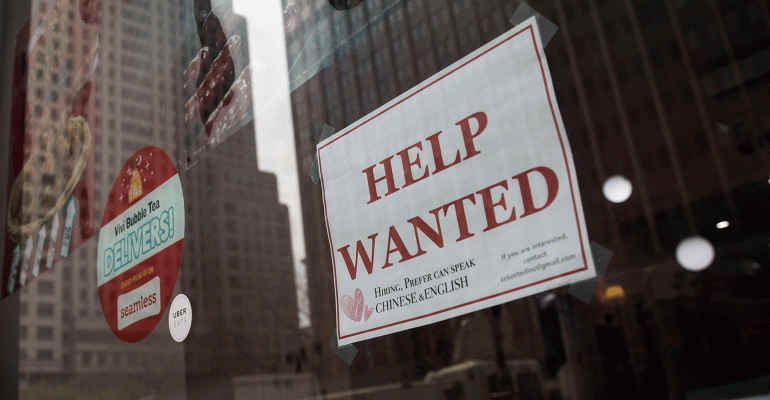While the recently passed FAST Recovery Act has been drumming up controversy in California, the legislation — which could raise the state minimum wage to $22 an hour — is more wide-reaching than most people realize.
“Anybody thinking this is just isolated to California would be naive, especially looking at what happened with the Fight for 15 movement,” Riley Lagesen, an attorney at Greenberg Traurig, told Nation’s Restaurant News. “Once something like this catches on in one state, there are other likely candidates where similar laws could be passed in New York, Illinois or Washington. It’s a lot easier now in the age of social media to generate campaign moments.”
As a quick refresher, the FAST Recovery Act or Assembly Bill 257, was signed into law by California Gov. Gavin Newsom on Labor Day and was designed to give fast-food employees a seat at the table. The Governor will eventually create a 10-person council that would set standard wages, working hours and conditions for employees of quick-service chains with 100 or more locations nationally.
The bill was widely criticized by the restaurant industry as unfairly targeting restaurants and punishing some small businesses (franchisees of large chains) but not others. Following the passage of the bill, an advocacy group called Protect Neighborhood Restaurants filed a proposed referendum with the California Attorney General to require the legislation to be voted on by Californians before it goes into effect.
Besides the pro-labor-leaning implications of the bill, critics decry that the content of Bill 257 can be left up to interpretation. The bill applies to fast-food restaurants, but how are they defining fast-food restaurants? According to Lagesen, the language of the bill evolved over time and now the bill will apply to counter-service restaurants with more than 100 locations where you pay for the food before you eat and the food is served ready to be assembled. So, both quick-service chains like McDonald’s and fast-casual chains like Chipotle fall under its jurisdiction.
The other question is that if this fast-food council were to raise the minimum wage for fast-food workers up to $22 an hour, would it apply to all minimum wage workers, or just those that fall under the definition of fast-food workers? Technically, the council would only have the jurisdiction to raise the minimum wage for fast-food workers, but Lagesen said that the competitive market would ensure that nearly every industry statewide adjusts their wages accordingly. Then, many struggling restaurants and smaller businesses might not be able to keep up and either would replace employees with automation technology, or might need to close up shop altogether.
“They made it clear that this applies to every counter-service restaurants in California,” he said. “Not just fast-food restaurants, but all restaurants that use minimum wage. If they raise the minimum wage to $22 an hour, that’s going to have an impact on companies’ compensation policies at their restaurants even if they’re not technically covered by this bill. If McDonald’s is raising their minimum wages to $22 an hour, then the casual-dining or fine-dining restaurants will have to adjust their hourly wages to compete.”
Lagesen thinks that this legislation has its roots in the Fight for 15 minimum wage movement among fast-food workers that began a decade ago and is a result of the attempts to unionize the entire restaurant industry, especially coupled with the unionization movement happening in Starbucks and to a lesser extent, Chipotle, and the changes happening to tip credit laws.
“This is a strategy to transform the labor landscape nationally,” he said. “The end-goal here is to unionize all restaurants […] I think it’s important to not look at the FAST Act in isolation here. The industry is undergoing a significant event.”
Now that the legislation has been signed into law, what could the timeline look like for it being put into action? If the voter referendum that was filed on Sept. 7 gets enough signatures, then it would be put on the ballot for Californians to vote on, and implementation would be put off until Nov. 2024. If they’re going to raise the minimum wage, they will need to approve a wage increase by Jan. 2023, and if that passes, then it would not go into effect until Oct. 2023 at the earliest.
“Our clients who are really savvy and focused on this understand that that even though they might not have 100 restaurants, this will hurt them if it goes through,” Lagesen said.
Contact Joanna at [email protected]
Find her on Twitter: @JoannaFantozzi

